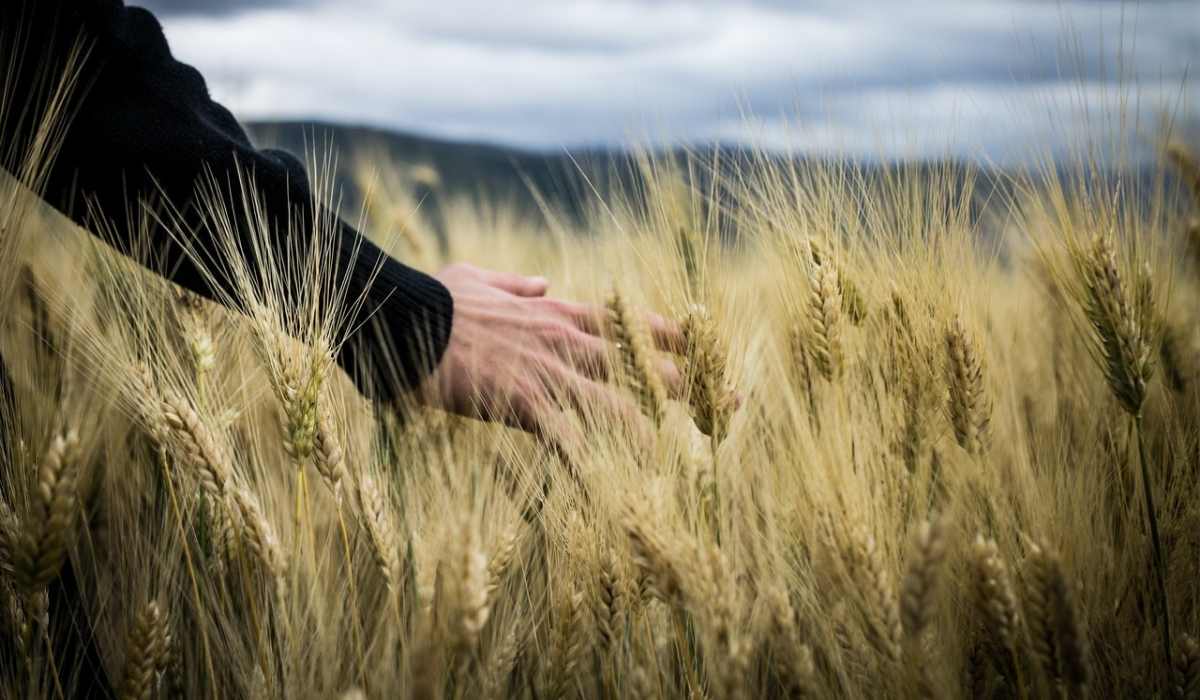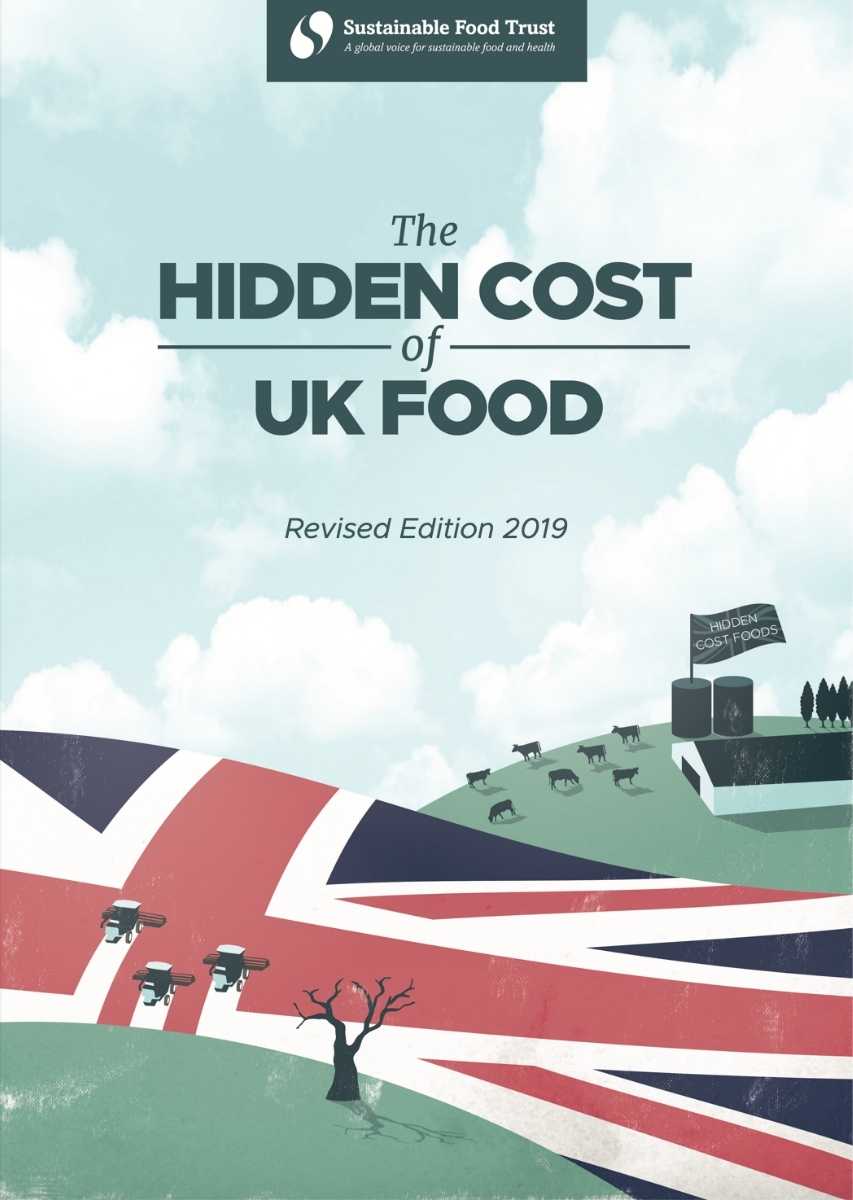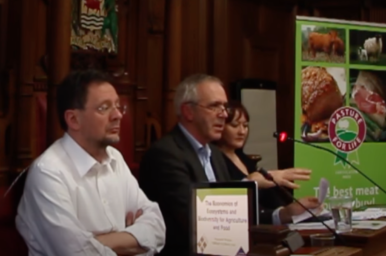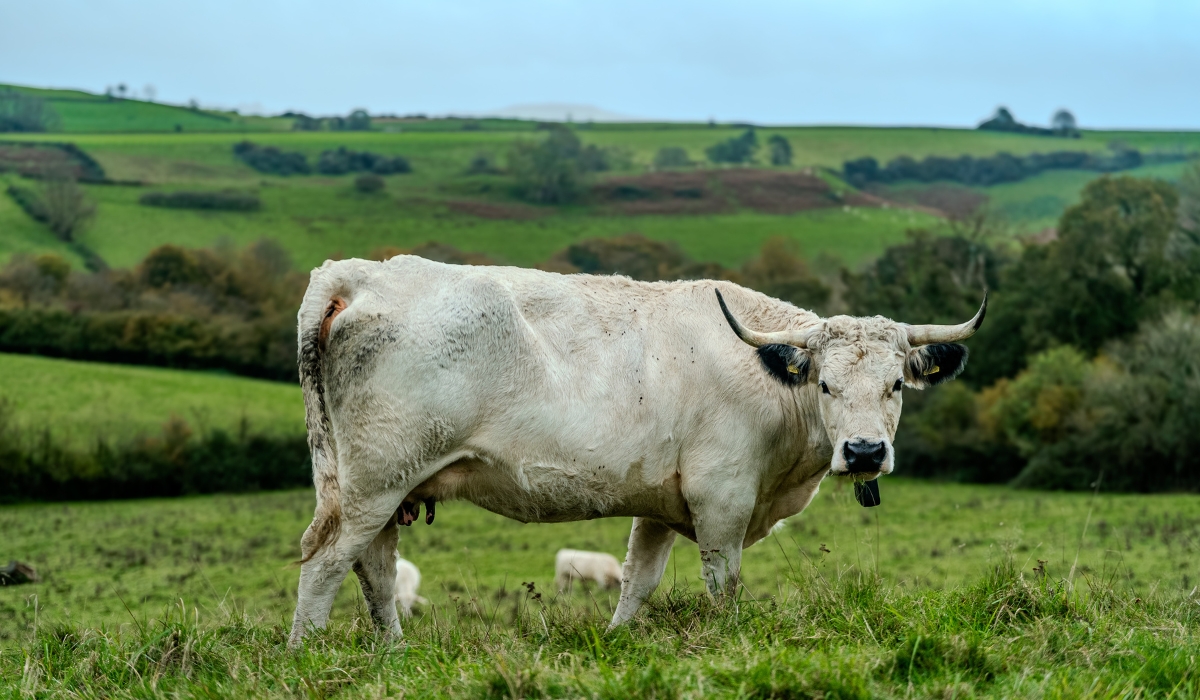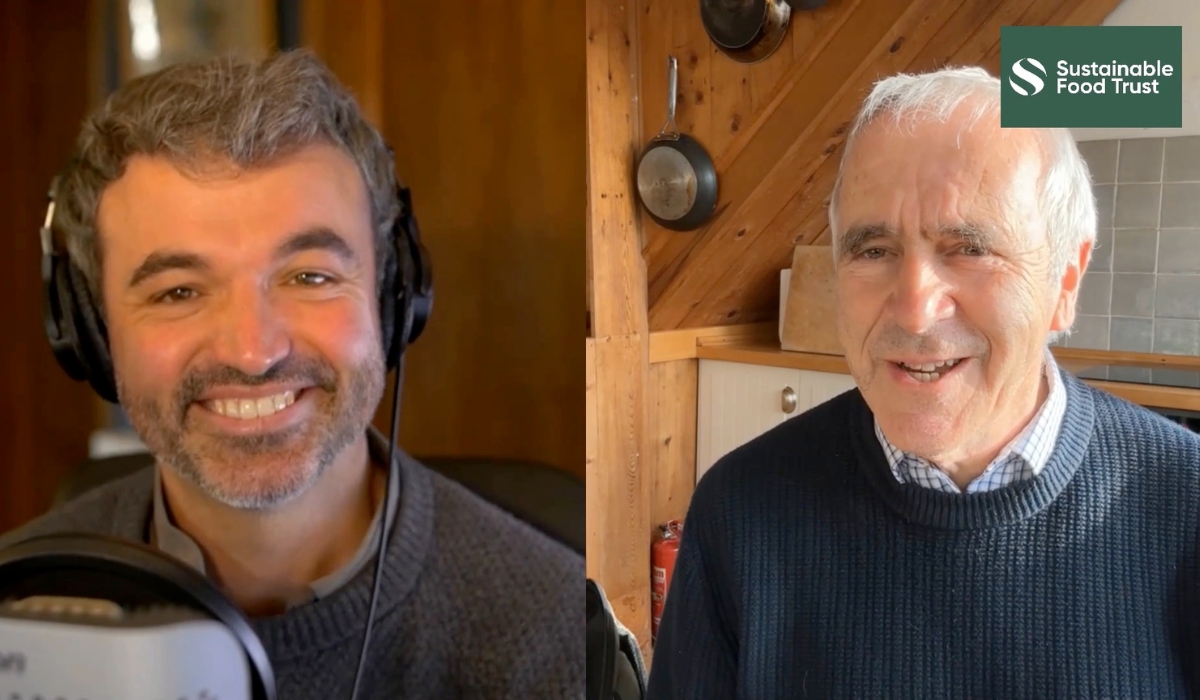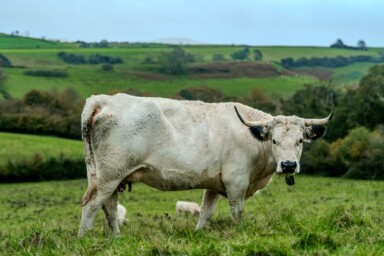The Hidden Cost of UK Food was published in 2017 and revised in 2019. It found that for every £1 we spend at the checkout, we spend another £1 in hidden ways.
UK consumers spend £120 billion on food each year yet there are serious environmental and health-related costs that generate a further £116 billion. These costs are not paid for by the food and farming businesses that cause them, nor are they included in the retail price of food. Instead, they are being passed on to the public through taxation, lost income due to ill health, and the price of mitigating and adapting to climate change and environmental degradation.
The report advocates a change in policy where the polluter must pay and where agricultural subsidies are used to encourage a shift to more sustainable forms of production which bring benefits to both the environment and human health.
What is True Cost Accounting?
True Cost Accounting in food and agriculture is about assessing the true costs and benefits of different food production systems. Many of our food production systems have damaging impacts on the environment, animal welfare and public health, but these are rarely accounted for and do not get paid for by the producer or by the customer at the checkout.
However, we are paying for these costs in hidden ways such as through water charges which include the cost of removing pesticides in drinking water; taxes which fund environmental clean-up costs; and the cost of health care for diet-related disease. These costs are often deferred on to future generations or other countries, as is currently the case with climate change and soil degradation, rainforest destruction and species extinction.
Continue reading
In contrast, there can also be lots of positive benefits (also known as ‘positive externalities’) from food and farming systems that similarly go unaccounted for. Farmers might contribute to biodiversity restoration or the maintenance of cherished landscapes that the public like to enjoy, yet often they are not rewarded financially for their actions.
This all creates a distorted pricing system for food, whereby food that appears to be ‘cheap’ is often the most costly for our environment and health. On the other hand, sustainably produced, healthy food can be very expensive and out of reach for many. We are therefore working to redress this distorted economic environment for food and farming.
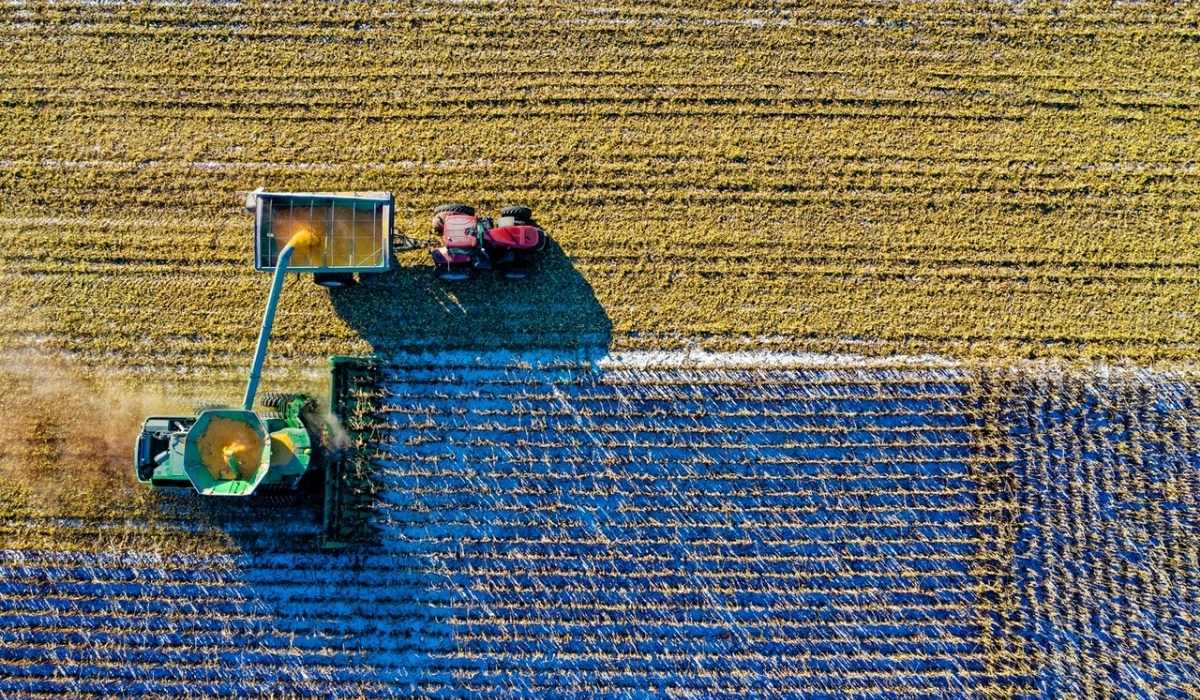
Videos
Implementing True Cost Accounting
The discipline of True Cost Accounting enables us to understand more about the scale and nature of these ‘externalities’, as economists call them, by identifying, categorising and quantifying, and where possible pricing all the different costs and benefits involved. Given sufficient public support and political will, this information would allow policy and economic interventions to be adopted which favoured the production and consumption of foods with the lowest true costs. This could be achieved by taxing those who pollute and using agricultural subsidies to encourage the right kind of farming methods.
Nitrogen
The European Nitrogen Assessment has estimated that collectively, the costs of nitrogen fertiliser-related damage range is as high as €320 billion, or up to €750 per person every year throughout the EU, about two-thirds of which relates to agriculture. Although intensive farmers get somewhere in the region of a three-fold return for the money they spend on nitrogen fertiliser, because it is not taxed and its production in some countries is even subsidised, the true cost to society is estimated to be up to three times greater still. Recognising the true cost of nitrogen fertiliser would encourage a shift away from this damaging input and towards regenerative practices that use nitrogen-fixing plants such as clover, beans and other legumes to fix nitrogen naturally in the soil.
Public Health
There is now increasing evidence showing the direct links between the intensification of our agriculture and food systems and the rapid rise of a range of diseases which are now resulting in increasingly unaffordable treatment costs. These include diet-related illnesses such as obesity, type-2 diabetes, cardiovascular diseases, allergies, some cancers, and diseases of the immune system, many of which are being directly linked to the way food is currently produced and consumed. Obesity alone has a global economic impact of around $2 trillion annually, or 2.8% of global GDP, and it is estimated that in the United States its cost could be as high $344 billion by 2018, equivalent to 20% of total spending. An investment in sustainable agriculture and a better understanding of the connection between diet and health or linking health insurance premiums to improve diets, could reduce these health treatment costs to the benefit of individuals and society.
